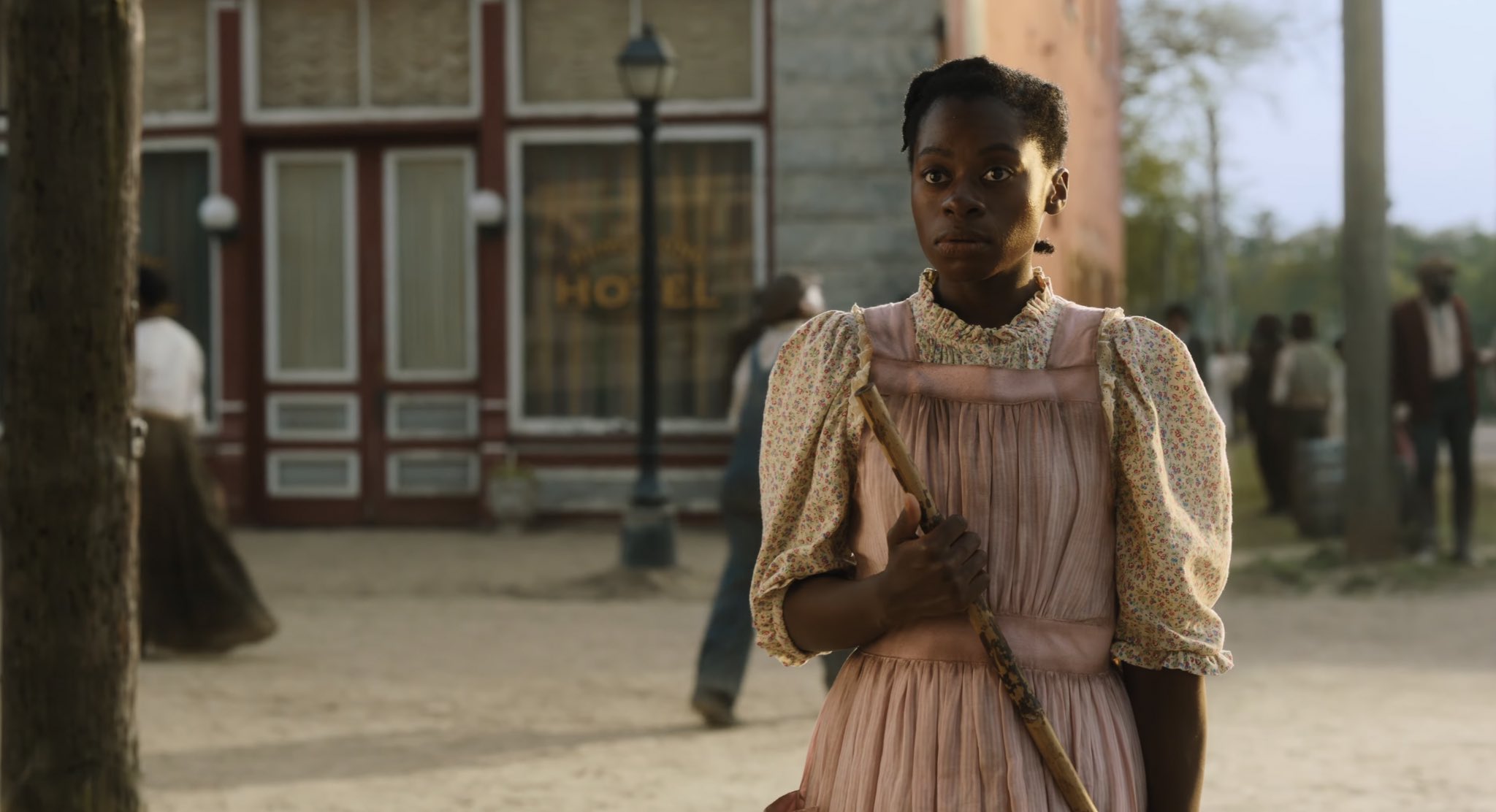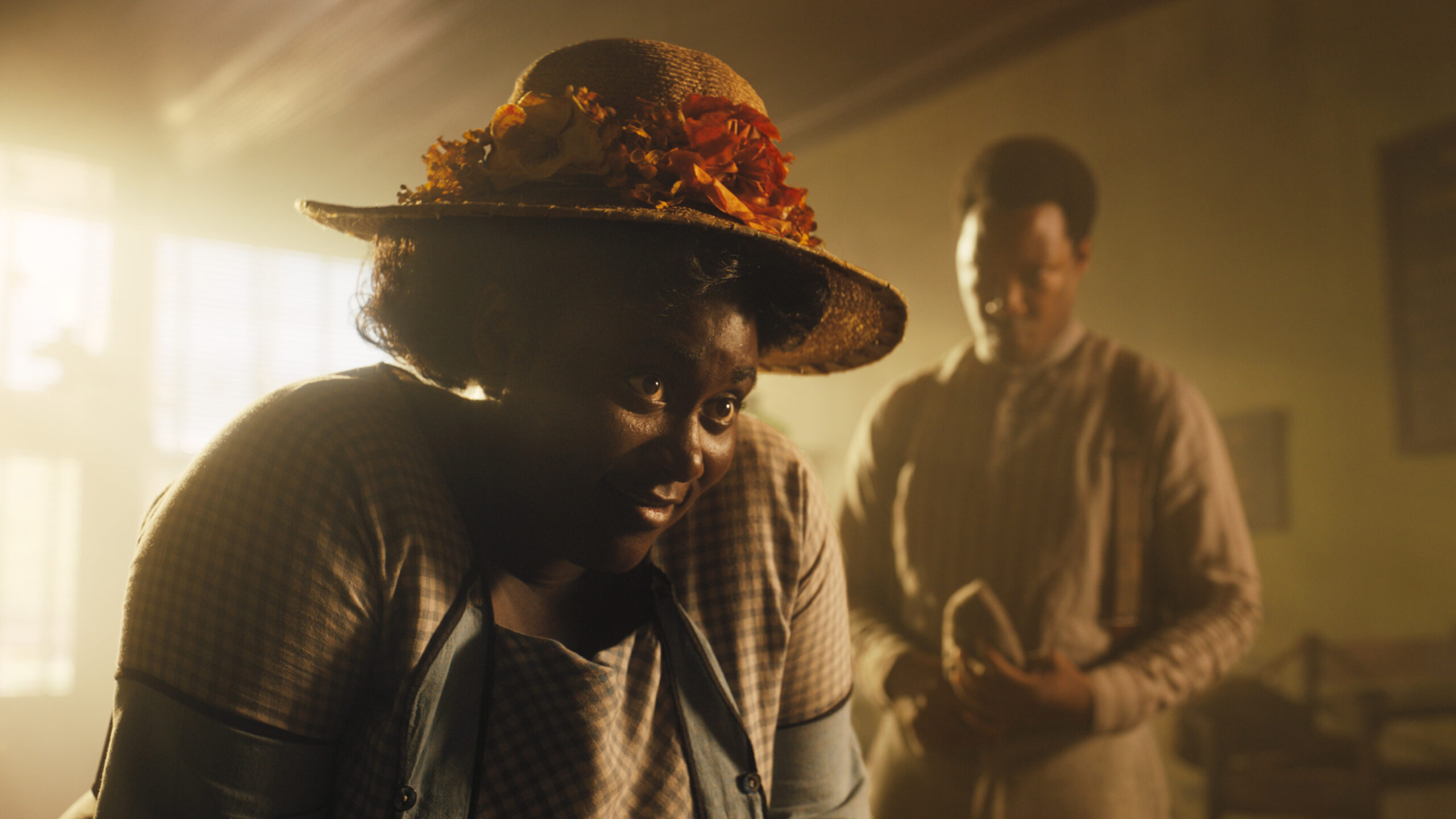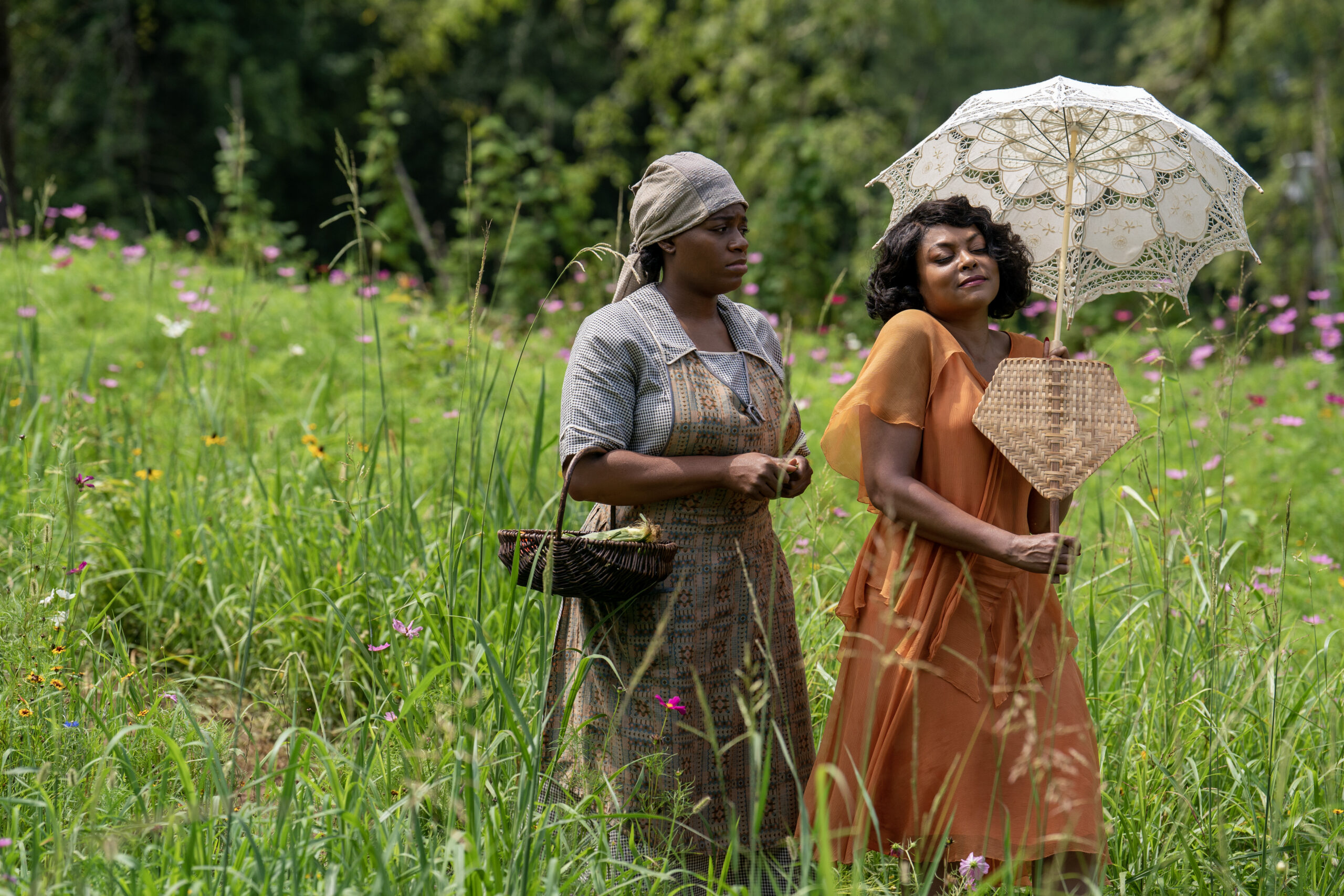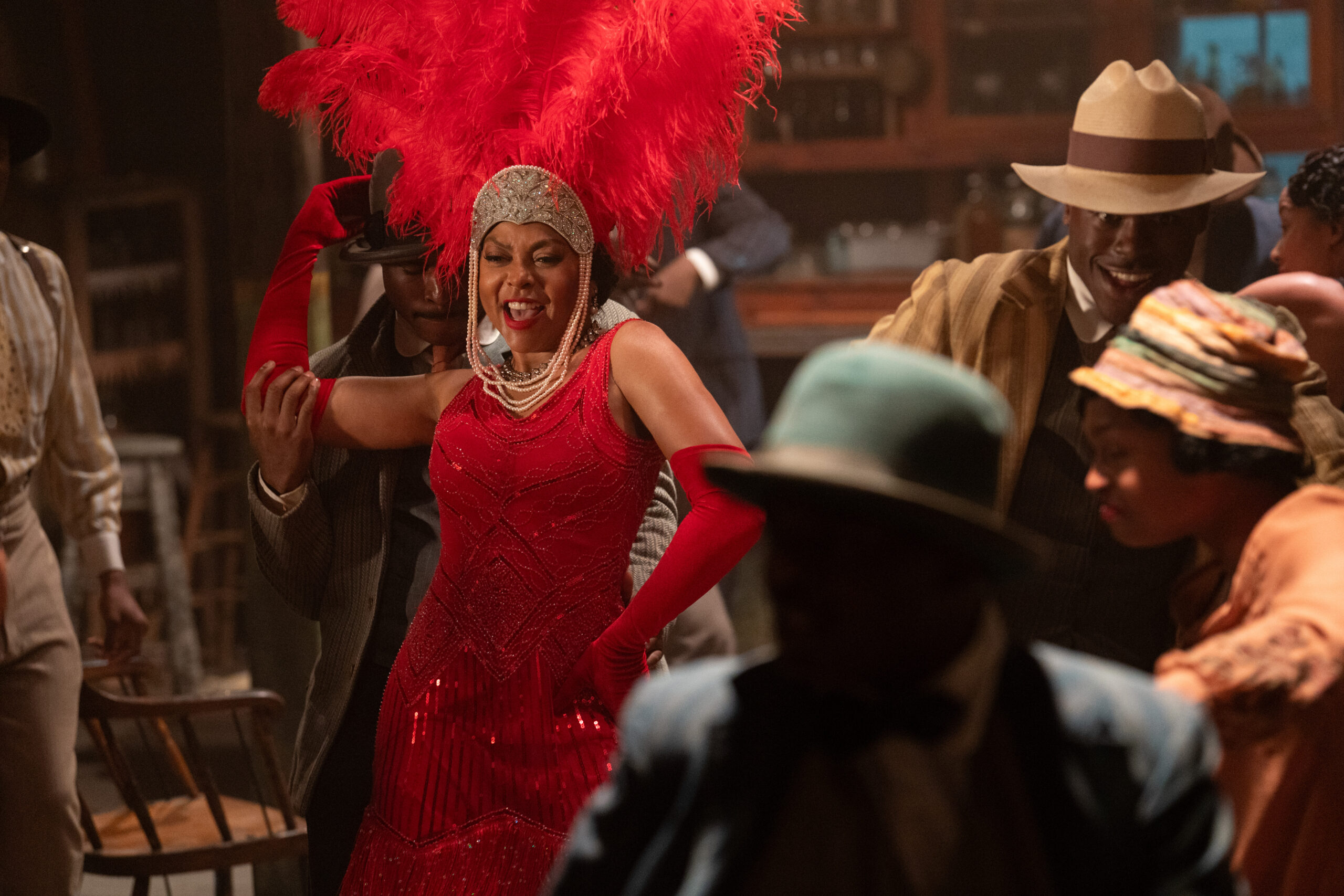The Color Purple ★★★
Alice Walker’s classic novel The Color Purple hits the big screen in musical reinterpretation
Author Profile
Latest entries
- 8 February 2024FilmThe Color Purple ★★★
- 3 January 2024FilmOne Life ★★★★★
- 13 May 2023FilmThe Unlikely Pilgrimage of Harold Fry ★★★
- 21 March 2023FilmAllelujah – ★★★




